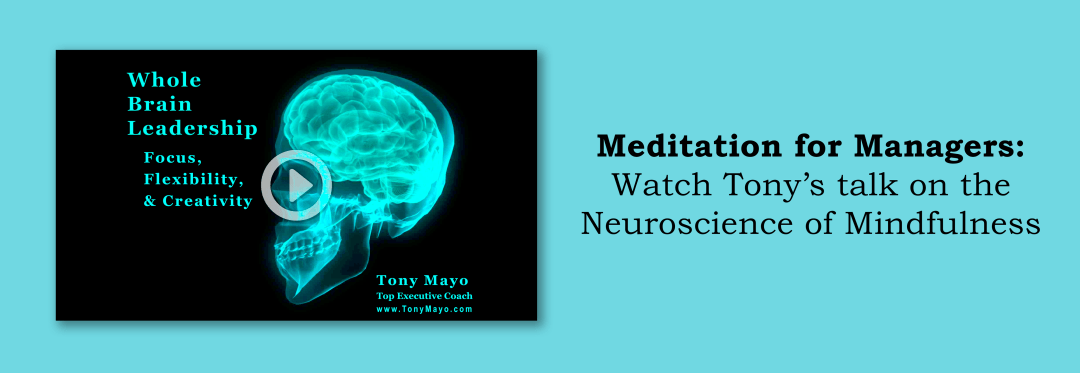
by Herbert Benson, M.D.
with Miriam Z. Klipper
Reading and using The Relaxation Response may have saved my life in 1989. It may also have destroyed my life, for it turned out to be the first paving stone on a spiritual path which led away from much of what was accepted and familiar. I left behind the person I had known myself to be and became a person I could not have predicted. The path brought me to most of what I treasure today.
I was a thoroughly Western, rational, mechanist, Ayn Rand Objectivist, John-Wayne-style “I’ll do it myself” individualist whose life was thoroughly unsatisfying. Each day I came home from a thankless, stressful job to a cold and chaotic home. I would sit on the couch and feel as though worries and disappointments were rushing about in my mind like a bunch of cats and dogs, chasing and screaming with no pause, not enough respite to even start on a resolution.
I remembered having heard about a book called The Relaxation Response. All I knew was the title and that it was written by a “legitimate scientist.” For a couple bucks, it seemed like a safe bet. Since it was written by a Harvard doctor, I could read it without admitting there was anything wrong with my modern, secular worldview.
The detailed description of his experimental methods, the charts, graphs and citations gave me comfort as I read about techniques brought to the West by gurus and swamis, people was I would otherwise ridicule and disdain. Dr. Benson verified the physiological changes brought about by meditation and Christian prayer, then cut away the mythology, dogma, and ritual. The process which remained is simple enough to fit on two pages of the book.
I followed the instructions (see below). I felt some peace. I repeated the process. The peace expanded. I added headphones playing the sounds of waves on a beach. Calm and clarity began to enter my daily life. Simple pleasures became available. I was able to be transported by music. I enjoyed a walk in the woods.
Meditation is not an escape from reality. It does not fix anything.
- I still lost my job.
- My wife still left me.
- I still got sad.
Meditation did give me enough space and clarity to get to work on a lasting, tangible transformation.
- I added yoga and spirituality to my life.
- I opened myself to a wider spectrum of experience.
- My courage and curiosity increased.
I remarried and had children. I succeeded in a new career. I expanded and deepened my social contacts. Everything I “lost” seems only to have cleared the way for a better life.
____________________________
I highly recommend The Relaxation Response to anyone looking for a Western, scientific bridge to eastern wisdom. I do note, that in the years since learning The Relaxation Response and teaching it to others, I have noticed that I am unusual in having learned it from a book. Most people need a teacher and a group to get the effect. The scientific detail in the book may nevertheless be what it takes to make you feel safe about taking a meditation class.
[Pages 162-163
Click to download a PDF version.]
The following set of instructions, used to elicit the Relaxation Response, was developed by our group at Harvard’s Thorndike Memorial Laboratory and was found to produce the same physiologic changes we had observed during the practice of Transcendental Meditation. This technique is now being used to lower blood pressure in certain patients. A non-cultic technique, it is drawn with little embellishment from the four basic components found in the myriad of historical methods. We claim no innovation but simply a scientific validation of age-old wisdom. The technique is our current method of eliciting the Relaxation Response in our continuing studies at the Beth Israel Hospital of Boston.
(1) Sit quietly in a comfortable position.
(2) Close your eyes.
(3) Deeply relax all your muscles, beginning at your feet and progressing up to your face. Keep them relaxed.
(4) Breathe through your nose. Become aware of your breathing. As you breathe out, say the word, “ONE,” silently to yourself. For example, breathe IN . . . OUT, “ONE”; IN . . . OUT, “ONE”; etc. Breathe easily and naturally.
(5) Continue for 10 to 20 minutes. You may open your eyes to check the time, but do not use an alarm. When you finish, sit quietly for several minutes, at first with your eyes closed and later with your eyes opened. Do not stand up for a few minutes.
(6) Do not worry about whether you are successful in achieving a deep level of relaxation. Maintain a passive attitude and permit relaxation to occur at its own pace. When distracting thoughts occur, try to ignore them by not dwelling upon them and return to repeating “ONE.” With practice, the response should come with little effort. Practice the technique once or twice daily, but not within two hours after any meal, since the digestive processes seem to interfere with the elicitation of the Relaxation Response.
The subjective feelings that accompany the elicitation of the Relaxation Response vary among individuals. The majority of people feel a sense of calm and feel very relaxed.
by Herbert Benson, M.D.
with Miriam Z. Klipper
See also Gandhi on silence.




Nice information.I think it is correct because by
meditation techniques you can command on your brain and can take good decisions.
Thanks for this information.